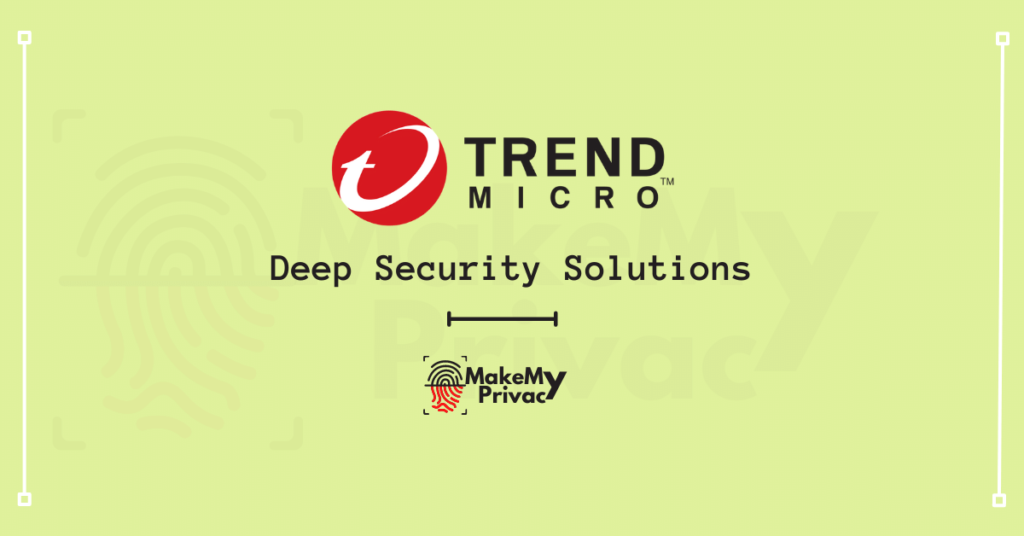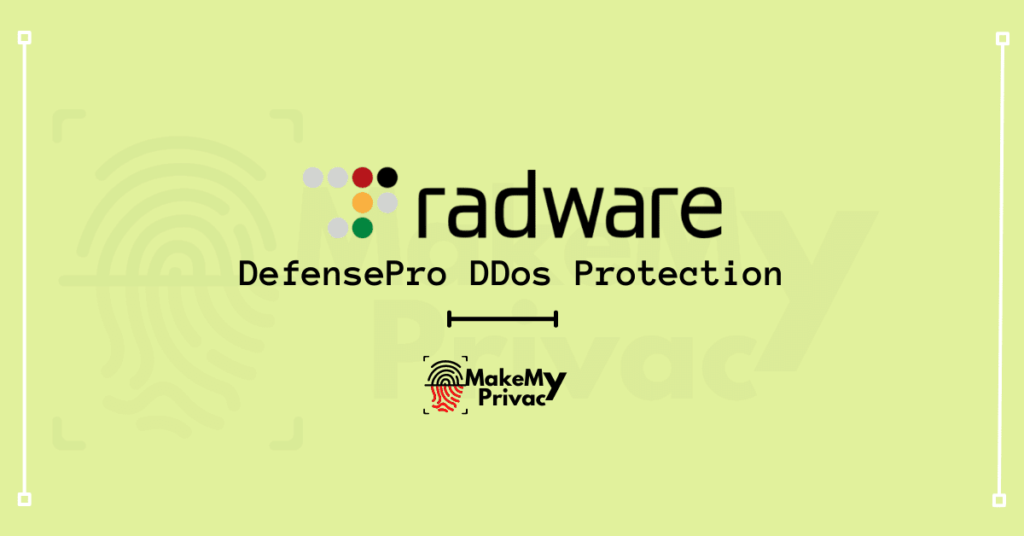Commvault Backup Solution
Commvault is a data management and backup software solution that provides data protection, disaster recovery, and cloud management capabilities. It supports a wide range of platforms and applications, including virtualized environments, databases, and SaaS applications. Commvault’s software can be used to backup and recover data on-premises, in the cloud, or in hybrid environments. It also provides features such as data archiving, eDiscovery, and compliance reporting. Commvault’s software can be deployed on-premises or as a service in the cloud.
We help to analyse, captured, defence and protect people and company from Cyber Crime and Hacking.
Commvault Backup Solution Features
Commvault’s backup solution features include:
- Data protection: Provides the ability to backup and recover data across a wide range of platforms and applications, including virtualized environments, databases, and SaaS applications.
- Disaster recovery: Includes disaster recovery capabilities such as replication, failover, and recovery testing.
- Cloud management: Enables the backup, recovery, and management of data in the cloud, including support for public clouds such as Amazon Web Services (AWS), Microsoft Azure, and Google Cloud Platform (GCP), as well as support for private clouds.
- Data archiving: Allows the long-term retention and management of data, including the ability to search, access, and retrieve data from archives.
- eDiscovery: Provides the ability to search and retrieve data for legal and compliance purposes.
- Compliance reporting: Includes built-in reports and analytics to help organizations meet compliance requirements, including support for data retention policies, security and data privacy, and regulatory compliance.
- Multi-Platform Support: Provides protection and management for physical, virtual, and cloud-based environments, including Windows, Linux, Unix, and macOS, as well as support for databases, applications, and SaaS platforms.
- Scalability: Commvault can be scaled to meet the needs of organizations of all sizes, whether they have a few terabytes of data or multiple petabytes.
- Automation and orchestration: Includes features such as automation and orchestration, which can help to reduce the time and effort required to manage backups and recoveries.
Commvault Backup Solution Pricing
Commvault’s backup solution pricing is typically based on a number of factors, including the size of the deployment, the number of platforms and applications being protected, and the level of support required. Pricing can also vary depending on whether the software is deployed on-premises or as a service in the cloud.
Commvault’s pricing model is typically a subscription-based model, where customers pay an annual or monthly fee for the use of the software. The cost of the subscription will depend on the number of users, platforms, and amount of data that needs to be protected. Additionally, Commvault also offers a consumption-based pricing model for its cloud services, where customers pay for the storage and compute resources they use.
Commvault also offers different levels of support, including standard, premium, and ultimate support, which can affect the overall cost of the subscription.
It’s important to note that prices can vary widely depending on the specifics of the deployment, and it’s best to reach out to Commvault or a partner for specific pricing information.
We help to analyse, captured, defence and protect people and company from Cyber Crime and Hacking.
Commvault Backup Solution Architecture
Commvault’s backup solution architecture is built on a modular design, which allows organizations to choose the components they need to protect and manage their data. The architecture includes several core components:
Commvault software: This is the core of the solution and includes the functionality for data protection, disaster recovery, cloud management, data archiving, and compliance reporting.
MediaAgent: This component is responsible for managing the backup and recovery process. It interacts with the data sources and storage devices to perform backup and recovery operations.
Data sources: These are the platforms and applications that need to be protected, such as servers, databases, and SaaS applications.
Storage devices: These are the storage devices that are used to store backup data, such as disk arrays, tape libraries, and cloud storage.
Index server: This component is responsible for maintaining the metadata for the backup data. It provides a centralized view of the backup data and enables search and recovery operations.
CommServe: This is the management server that provides a single point of control for the entire backup solution. It communicates with the other components to manage and monitor the backup and recovery process.
Web Console: This is the web-based interface that provides a user-friendly interface for managing the backup solution. It enables administrators to monitor and manage backups, recoveries, and storage resources.
Commvault’s architecture can also be integrated with a variety of other tools and technologies, such as security, monitoring, and orchestration tools, to provide a more comprehensive data management solution.
It is also to be noted that Commvault also provides a cloud-native solution named Commvault HyperScale™ technology, which is designed to support the scalability, performance and data protection needs of organizations running in the cloud and at the edge, where they can easily scale their data management infrastructure as their data grows and business evolves.
How do Commvault backups work?
Commvault backups work by creating a copy of the data that needs to be protected and storing it on a separate storage device or in the cloud. The process typically includes the following steps:
Data discovery: Commvault software scans the data sources to identify the data that needs to be protected. This includes servers, databases, and SaaS applications.
Data selection: Administrators use the Commvault software to select the data that needs to be backed up. They can also configure policies and schedules for the backups.
Data transfer: The MediaAgent component of the Commvault software is responsible for transferring the data from the data sources to the storage devices. This process is known as data ingestion.
Data compression and encryption: The data is compressed to reduce the amount of storage space required and encrypted to protect the data from unauthorized access.
Data indexing: The Index server component of the Commvault software maintains metadata for the backup data, which enables search and recovery operations.
Data storage: The backup data is stored on the storage devices, such as disk arrays, tape libraries, or cloud storage.
Data monitoring and management: The CommServe component of the Commvault software provides a single point of control for the entire backup solution. It communicates with the other components to manage and monitor the backup and recovery process.
Data recovery: In case of data loss, administrators can use the Commvault software to recover the data from the backup copies. The recovery process typically involves restoring the data to the original data source or to a different location.
Commvault’s software also provides features such as incremental backups, which only backup changes since the last backup and de-duplication that eliminates duplicate data and reduces the amount of storage required.
To implement the Commvault backups solutions, you can hire us.
We help to analyse, captured, defence and protect people and company from Cyber Crime and Hacking.



